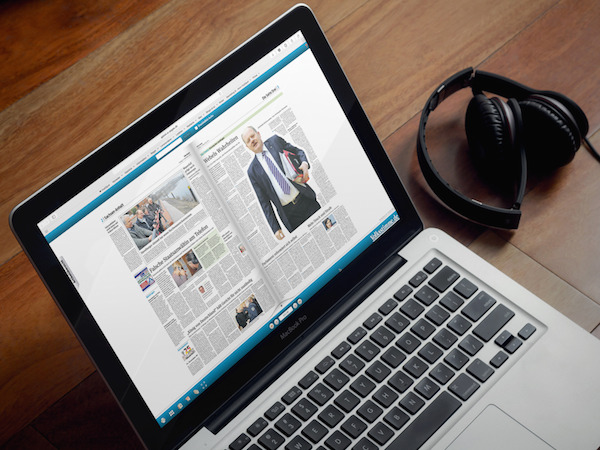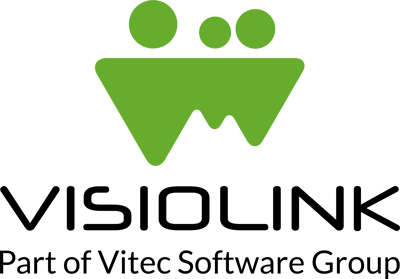The world is becoming increasingly mobile, and tablets are often more travel-ready than laptops. This is the picture we see today and we all expect it to become more prominent over time. More and more companies are therefore thinking in terms of responsive design and mobile first in order to adapt content to all platforms and with the platform showing the most growth – the mobile phone – as their point of departure.
The media business is no exception. On the contrary, this is perhaps the industry that is taking the lead. And no wonder, because when journalistic content is your source of income, news has to be delivered faster and more directly than ever before if it is not to end up in the "old news" category. As far as the tablet platform is concerned, the iPad was even proclaimed as the saviour of the newspaper and the magazine when it was launched in April 2010.

There are great expectations of future media consumption and everybody knows that the transformation is already underway. It is a transformation which - in the best sense of the word - is also about strength and innovation in the formats and on the platforms the media houses are moving away from.
As far as the digital e-paper is concerned, it is still a question of strengthening the most frequently overlooked platform for the PC and Mac. The debate about Flash or HTML5 is less important. Or to put it another way, although there are arguments for and against both technologies, there is no disputing the fact that the e-paper on PC and Mac represents a strategically crucial platform in the digital transformation.
Some important facts
If, for instance, we base our argument upon the statistics for 11 European newspapers for one random day in October, it can be seen that reading on a PC & Mac accounts for more of 25 per cent of the total. This share constitutes readerships measured in thousands.
One can also compare average time spent, which is the average time readers spend reading the e-paper. Here, the figure is generally higher for the PC and Mac than the time spent reading the same e-paper on a tablet. In the case of some newspapers, the time spent reading them on the PC and Mac is as much as 50 per cent higher than the figure for tablets.
So the burning question is: what does the general development of digital e-paper reading look like over time? As far as mobile and tablets go, the number of e-paper readers increases month on month, and for some the growth rates are enviable. Reading on PCs and Macs is decreasing, but at rates which on average come under one per cent. There is even evidence of periods with slight increases in growth and even longer periods with status quo between the months. For mobile, tablet, PC and Mac overall, the digital transformation is still on the increase, with a clear month-on-month growth.

The old platform still has its advantages, and it has to be said that it remains very much alive and kicking. As a platform, it is strategically important to the transformation. Not only is it embracing a large share of non-mobile readers, it is also contributing to another, equally important transformation: from PC/Mac to mobile/tablet.
This places certain demands, both on the media houses to put the e-paper for the PC and Mac on the transformation's strategic agenda, and also on Visiolink to continue developing and innovating the platform, so that it can measure up to the ambitions we have for the other platforms on mobile and tablet.




